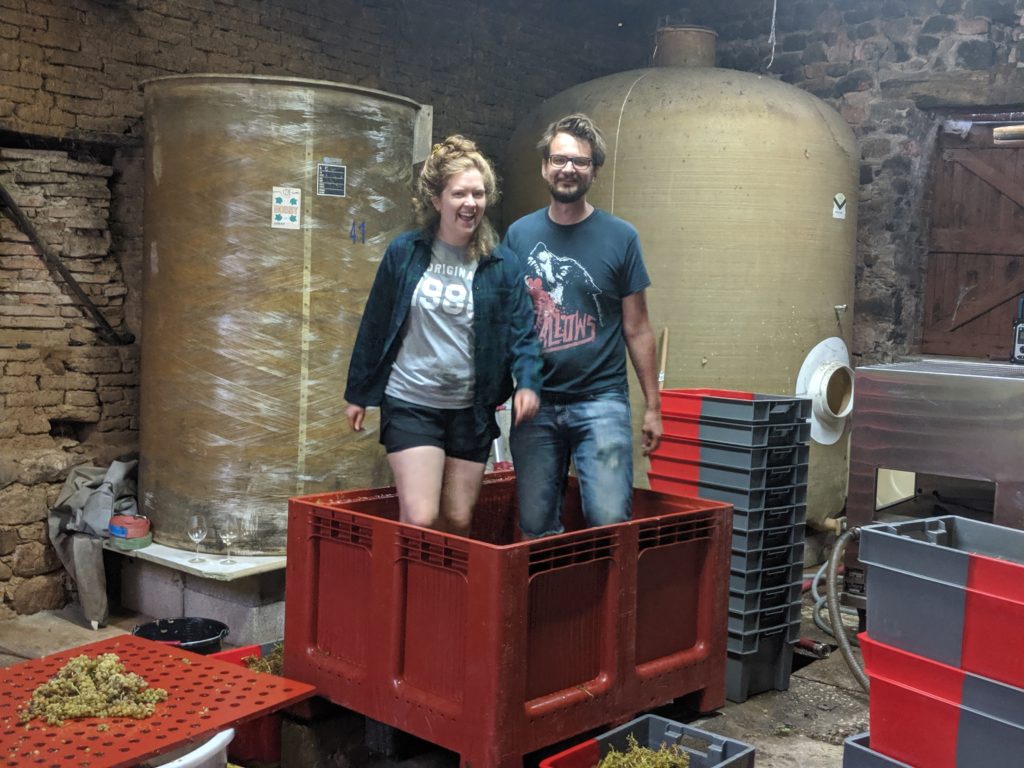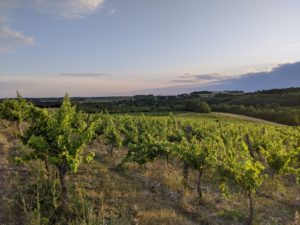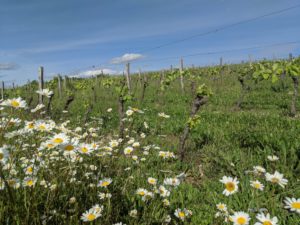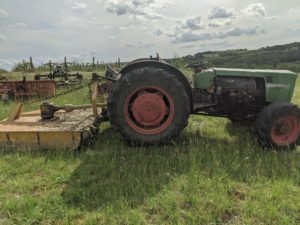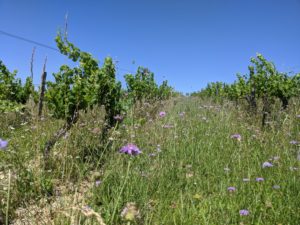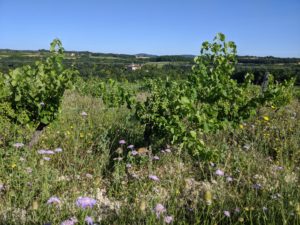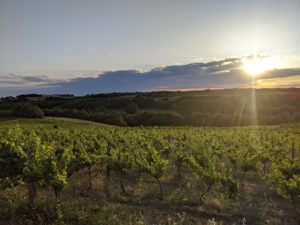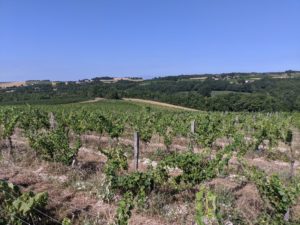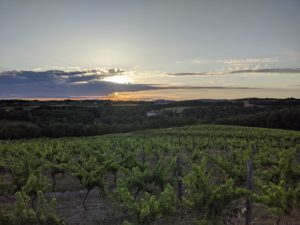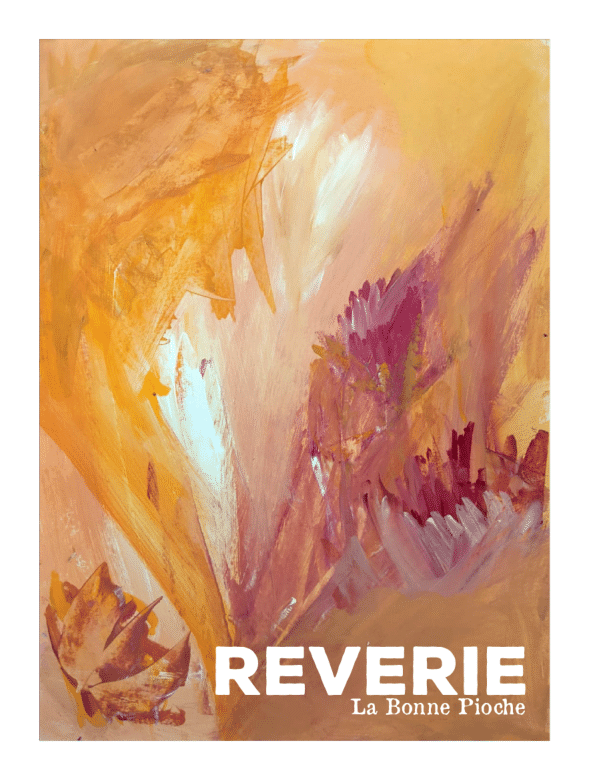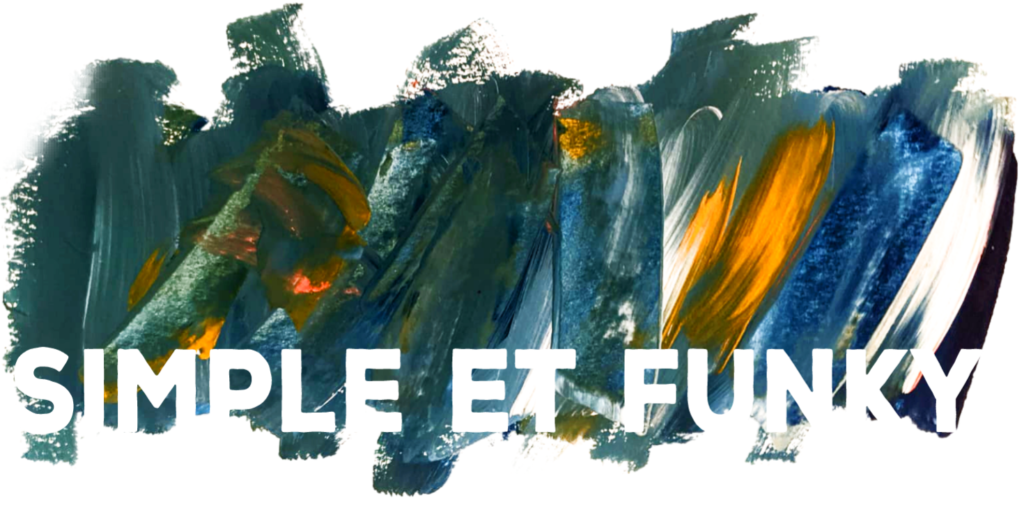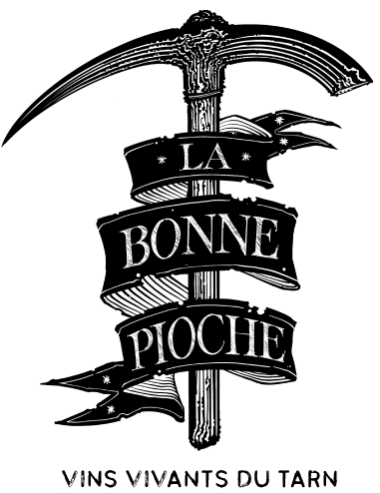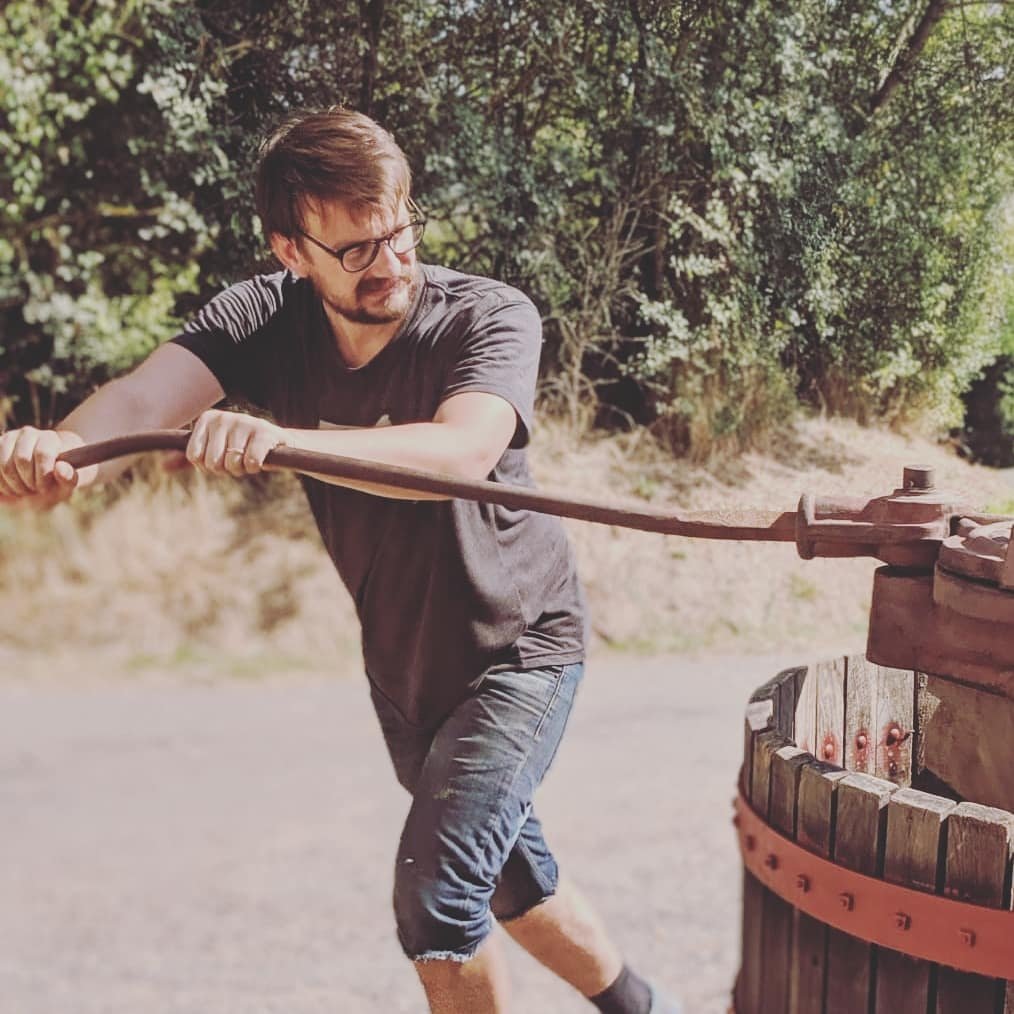
MY STORY
My relationship with wine started with 5€ boxed wine! It wasn’t very good… but it was the United States that changed everything. I lived there for almost 4 years with my American wife. I started out at Vinodivino, a wine shop in Boston, and when we moved to Vermont I found work as a sommelier at Dedalus, a wine bar in Burlington. Without knowing it at the time, I had the opportunity to really discover wine by tasting all of its diversity. French wines, American wines, all the varities, all the colors, industrial wines, and artisanal wines. I understood that even if I wanted to I would never be able to know them all, to understand them all, and it was for the better.
It was my work as a sommelier that helped me to understand what was happening in France. I would see amazing bottles coming in every day from winemakers who worked differently, people who were proud of their terroir but weren’t always interested in being a part of the AOC club. These were the people who were told it wasn’t possible to make wine without synthetic pesticides, and without bothering anyone, made remarkably beautiful natural wines.

